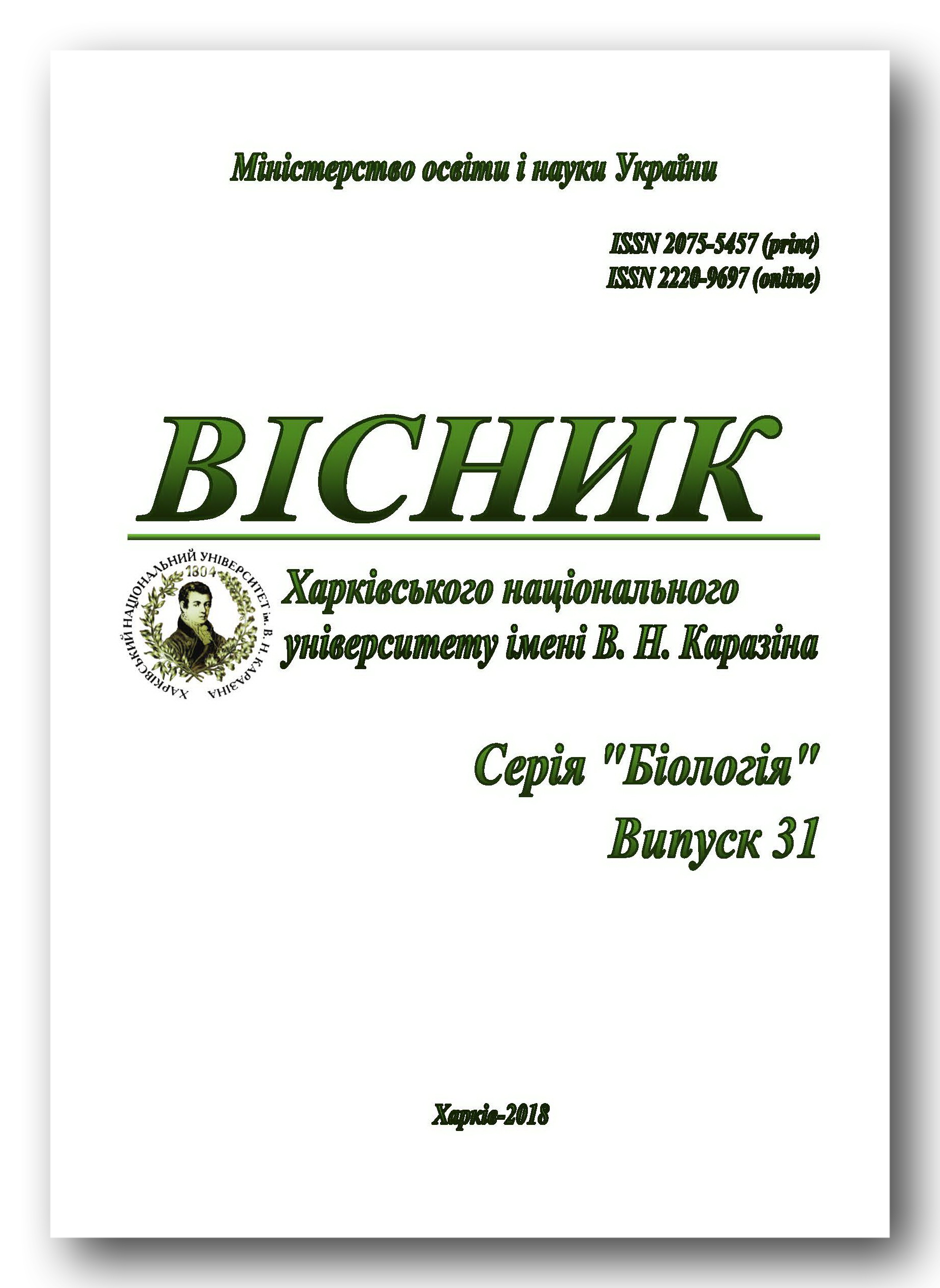Drug-induced interstitial lung lesions
Abstract
Drug-induced interstitial lung lesions (DIILL) are one of the most common forms of drug pneumopathy. DIILL account is about 3% in the structure of the entire interstitial lung pathology. Drugs induce various types of lesions of the lung parenchyma, often combining several histopathological patterns. Diagnostics of DIILL deals with many problems, since there are no specific clinical, morphological changes and specific markers. The diagnosis depends on the chronological dependence between taking the drug and the development of symptoms, and is confirmed by an improvement in the general condition of the patients after discontinuation of treatment. The aim of the work was to study the effect of various drugs on the development of DIILL, clinical diagnostic criteria, characteristic CT (computed tomography) and X-ray features, as well as the prognosis of the future course of the disease. We observed 12 patients with DIILL, which were divided into 2 groups: 1st group consisted of 4 patients with amiodarone lung, 2nd group of 8 patients, in which CT of the chest organs revealed an interstitial lesion of the lung tissue in the form of “frosted glass”. This gave us a reason to diagnose DIILL in patients who had CT scan in connection with suspected bronchocarcinoma in 3 patients, prolonged pneumonia in 3 patients and chronic obstructive pulmonary disease in 3 patients with fever. All patients took antibiotics of different groups a long time, ACE inhibitors, beta-blockers. The diagnosis of DIILL was made on the basis of the anamnesis of the patients, the CT data, as well as the positive dynamics of the general condition of the patients after the cancellation of the above medication. Diagnostic difficulties are often caused by late clinical and radiological manifestations or the lack of improvement after stopping the potentially “guilty” drug. However, timely diagnosis of DIILL is extremely important, since in many cases, the cancellation of the medication contributes to the resolution of the pathological process.
Downloads
References
Астахова А.В., Лепахин В.К. Лекарства. Неблагоприятные побочные реакции и контроль безопасности. – М.: Эксмо, 2008. – 256с. /Astakhova A.V., Lepakhin V.K. Drugs. Adverse reactions and safety control. – Moscow: Eksmo, 2008. – 256p./
Бабанов С.А., Косарева О.В., Осокин Д.О. Осложнения фармакотерапии. Гериатрическая фармакотерапия. – Самара: Волга-Бизнес, 2011. – 216с. /Babanov S.A., Kosareva O.V., Osokin D.O. Complications of pharmacotherapy. Geriatric pharmacotherapy. – Samara: Volga-Business, 2011. – 216p./
Интерстициальные болезни легких: практическое руководство / Под ред. Н.А.Мухина. – М.: Литтерра, 2007. – 432с. /Interstitial lung diseases: a practical guide / Ed. N.A.Mukhin. – Moscow: Litterra, 2007. – 432p./
Тареев Е.М. Лекарственная болезнь – аналог сывороточной болезни // Советская медицина. – 1955. – №3. – С. 3–10. /Tareyev Ye.M. Drug disease – an analogue of serum sickness // Soviet Medicine. – 1955. – No. 3. – P. 3–10./
Beijer H., de Blaey C. Hospitalizations caused by adverse drug reactions (ADR): a meta-analysis of observational studies // Pharm World Sci. – 2002. – Vol.24. – P. 46–54.
Ben-Noun L. Drug-induced respiratory disorders: incidence, prevention and management // Drug Saf. –2000. – Vol.23 (2). – P. 143–164.
Camus P., Bonniaud P. Drug-induced respiratory disease // Ed. P.Palange, A.K.Simonds. ERS handbook Respiratory Medicine, 2nd edition. – European Respiratory Society: Charlesworth Press, 2013. – P. 399–410.
Camus P., Kudoh S., Ebina M. Interstitial lung disease associated with drug therapy // Brit. J. Cancer. – 2004. – Vol.91. – P. 18–23.
Camus P., Rosenow E.C.III. Drug-induced and iatrogenic respiratory disease. – London MPG Books, 2010. – 364p.
Cottin V., Cordier J.F. Iatrogenic drug-induced bronchospasm, cough, and bronchiolitis. Etiologic and physiopathologic aspects // Rev. Mal. Respir. – 1996. – Vol.13 (4). – P. 339–360.
Coultas D., Zumwalt R., Black W. et al. The epidemiology of interstitial lung diseases // Am. J. Respir. Crit. Care Med. – 1994. – Vol.150. – P. 967–972.
Ernawati D.K., Stafford L., Hughes J.D. Amiodarone-induced pulmonary toxicity // Br. J. Clin. Pharmacol. – 2008. – Vol.56. – P. 37–45.
Hitchen L. Adverse drug reactions result in 250 000 UK admissions a year // BMJ. – 2006. – Vol.332. – P.1109.
Lazarou J., Pomeranz B., Corey P. Incidence of adverse drug reactions in hospitalized patients: a meta-analysis of prospective studies // JAMA. – 1998. – Vol.279. – P. 1200–1205.
Limper A., Rosenow E. Drug-induced interstitial lung disease // Curr. Opin. Pulm. Med. – 1996. – Vol.2. – P. 396–404.
Muller N.L., White D.A., Jiang H. et al. Diagnosis and management of drug-associated interstitial lung disease // Brit. J. Cancer. – 2004. – Vol.91 (suppl.2). – P. 24–30.
Oya N., Sasai K., Tachiiri S. et al. Influence of radiation dose rate and lung dose on interstitial pneumonitis after fractionated total body irradiation: acute parotitis may predict interstitial pneumonitis // Int. J. Hematol. – 2006. – Vol.83. – P. 86–91.
Schwaiblmair M., Behr W., Haeckel T. et al. Drug induced interstitial lung disease // Open Respir. Med. J. – 2012. – Vol.6. – P. 63–74.
Spear B., Heath-Chiozzi M., Huff J. Clinical application of pharmacogenetics // Trends Mol. Med. –2002. – Vol.7. – P. 201–204.
Thomeer M., Costabel U., Rizzato G. et al. Comparison of registries of interstitial lung diseases in three European countries // Eur. Respir. J. – 2001. – Vol.18. – P. 114s–118s.
Wester K., Jonnson A., Sigset O. et al. Incidence of fatal adverse drug reactions: a population based study // Br. J. Clin. Pharmacol. – 2008. – Vol.65. – P. 573–579.
Authors retain copyright of their work and grant the journal the right of its first publication under the terms of the Creative Commons Attribution License 4.0 International (CC BY 4.0), that allows others to share the work with an acknowledgement of the work's authorship.




